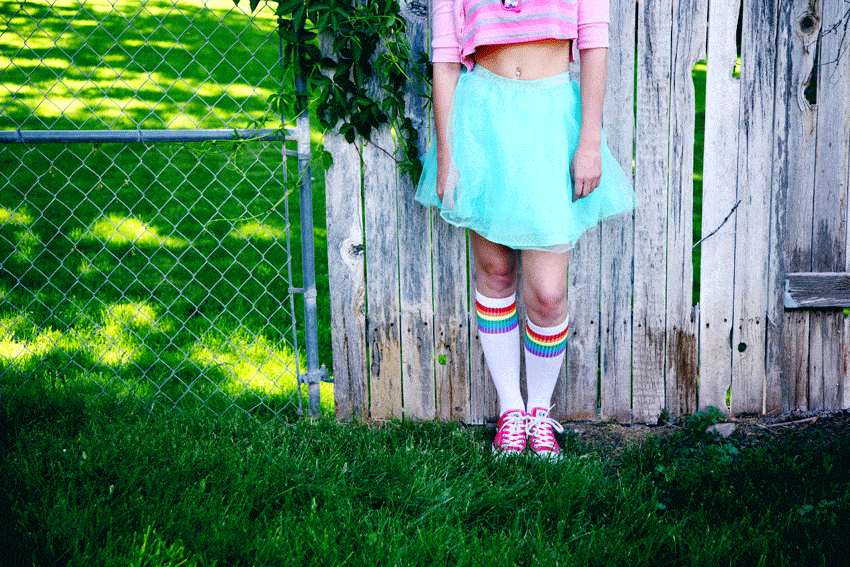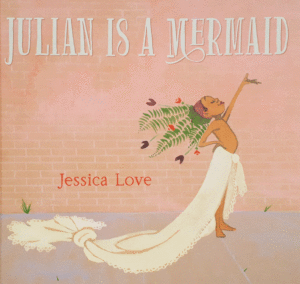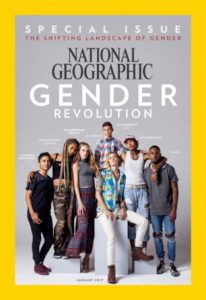
Radical gender ideology seems increasingly pervasive
It was reported last week that a childcare centre in Warriewood West on Sydney’s northern beaches had announced to parents that the “book of the month” for the childcare centre would be Julian is a Mermaid, which centre operators described as being about “a boy who desires to be a girl.”
They went on to say that the book would be read to the children every day for four weeks, so as to “introduce the topic of gender diversity” to the three-year-old kids. Another book, Pink is for Boys, would also be used to rethink and reframe the “stereotypical blue/pink gender binary”.
The Royal Commission didn’t say anything about LGBTQ inclusivity statements or training, or rainbow ticks being stuck on doors as being “child safe practices”.
I’m no child development specialist, to be sure, but given that most who are agree that a learning milestone for three-year-olds is that they should be able to name at least one colour, perhaps the childcare might focus on getting the kids to recognise the difference between pink and blue before worrying about deconstructing the gender stereotypes assigned to such colours? Call me crazy.
As much as I would like to use this column to make jokes about this particular childcare centre, this event actually speaks to a much bigger issue. When contacted and asked about the reason for its gender fluidity program, the childcare centre pointed to guidelines for Child Safe Organisations from the NSW Children’s Guardian as the reason for their “inclusive” program.

The Daily Telegraph last week reported that in a letter to Mark Latham MLC, the childcare operator said it was “following new rules set by the NSW Children’s Guardian “to ensure that child safety is embedded across all levels of the organisation”.”
The background to these standards stem from the Royal Commission into Institutional Responses to Child Sexual Abuse.
The Royal Commission’s recommendations, handed down in December 2017, included ten “child safe standards” that should be implemented by every institution that deals with children. This includes childcare centres and schools, and – relevantly – churches.
Standard 4 requires institutions to ensure that “equity is upheld and diverse needs are taken into account,” and it appears that it is the gender fluidity books were an attempt at the implementation of this standard.
Mr Latham described the childcare centre’s interpretation of the standard as “completely bizarre,” but I’m not sure it is. I reckon the childcare centre was interpreting the standard in the exact way it was intended. Let me explain.
The Children’s Guardian avoided questions from The Daily Telegraph about whether the guidelines were meant to be interpreted as requiring the teaching of gender fluidity, responding instead that the resources produced by the Office of the Children’s Guardian help organisations understand and implement the standards.
It would have been a perfect opportunity for the Children’s Guardian to say that teaching gender fluidity to preschoolers is not required of a Child Safe Organisations, but the Children’s Guardian didn’t take it, and instead issued a response as widely open to interpretation as the guidelines themselves.

And if we consider other resources produced by the Office of the Children’s Guardian, it appears that gender fluidity might actually be part of the agenda.
The implementation guide for faith-based organisations, issued by the Office of the Children’s Guardian, states that “some people in faith-based organisations do not accept sexuality and gender diversity” and adds that “LGBTIQ+ people who are religious can be deeply impacted by lack of acceptance.”
‘Rainbow tick’ suggestions for faith-based organisations
The suggested ways that faith-based organisations can implement Standard 4 – equity is upheld and diverse needs are taken into it account – include the following:
• “Write a statement of welcome and support for LGBTIQ+ members – where possible involve your existing LGBTIQ+ members in drafting this”;
• “Consider signing up to the Welcome Here Project” (a project, that – among other things – asks institutions to place rainbow stickers in their windows to identify them as places where “LGBTIQ diversity is welcomed and celebrated”);
• “Contact LGBTIQ+ community organisations to build relationships and look for opportunities to work together”; and “
• Consider LGBTIQ+ Inclusive Practice training.”
If this is what is suggested a church needs to do to demonstrate it is a “Child Safe Organisation,” it isn’t really a far leap that childcare centre operators might think they need to read the kids books about boys becoming mermaids to comply.
It really is madness. How does any of this have to do with child safety?
The Royal Commission didn’t say anything about LGBTQ inclusivity statements or training, or rainbow ticks being stuck on doors as being “child safe practices”. To be frank, I would think that including unnecessary content about sexuality and gender diversity actually makes an organisation less safe for children, not more safe. If children are going to be well protected in all institutions, then they need to be protected against those who might use “child safety” as a reason to push ideological agendas.
This is a real and present danger. The NSW Parliament is, right now, considering amendments to the Children’s Guardian Act that would embed these child safe standards into law.
I have no problem with the child safe standards as described by the Royal Commission becoming law. It just needs to be clear that their inclusion, either by intention or by operation, ends up mandating or at least recommending gender ideology as a form of “child safety.”
If it does, then no one is safe, not churches and definitely not children.
Related:
